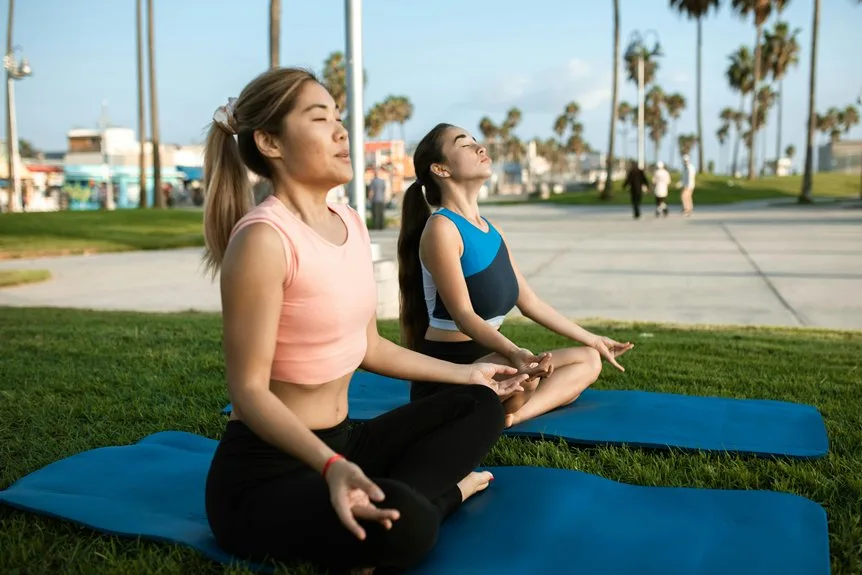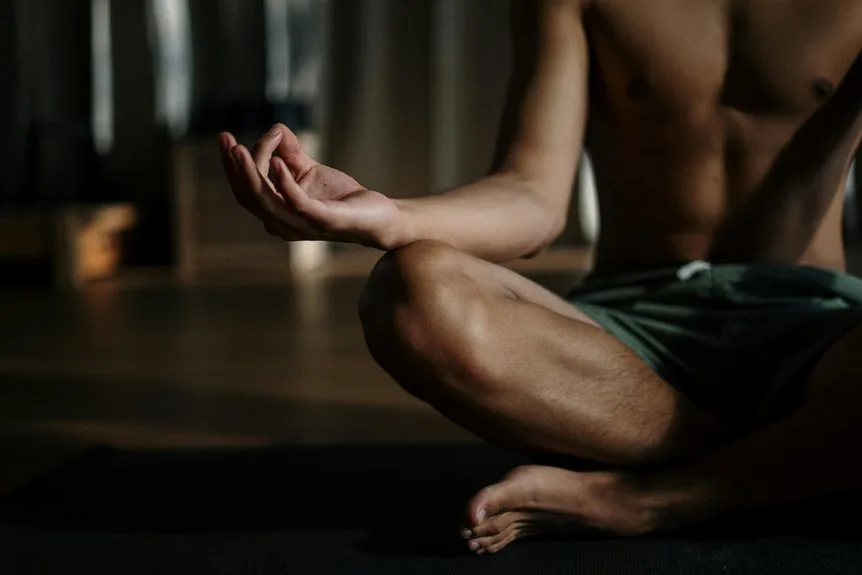Stress sneaks up on everyone, sometimes before breakfast is even over. Mindfulness exercises offer a practical way to hit the brakes and reset, whether someone’s stuck in traffic or just feeling overwhelmed at work. Techniques like focused breathing, scanning the body for tension, and tuning into the world through the senses are surprisingly simple yet effective. Curious how these methods work in real life and why they’re worth a try?
Mindful Breathing for Instant Calm
One simple yet powerful way to bring instant calm to a stressful moment is through mindful breathing. By taking slow, deep breaths and focusing attention on each inhale and exhale, anyone can spark the body’s relaxation response. This practice helps the nervous system shift away from stressors, offering instant relief even in a busy atmosphere. Mindful breathing lowers heart rate and cortisol, promoting calmness and stress reduction. Just a minute spent tuning into breath sensations can quiet the mind and elevate mood. It’s a technique that feels welcoming—inviting everyone to belong to a calmer, more grounded moment, anytime, anywhere. For those seeking additional guidance on relaxation techniques, personalized wellbeing journeys at Sensei Porcupine Creek can provide tailored experiences to enhance stress relief and overall wellness.
Body Scan to Release Tension
A body scan is like a guided tour of the body, designed to help release built-up tension from head to toe. During a body scan, one slowly shifts awareness to each part of the body, noticing sensations—whether it’s muscle tension, warmth, or physical discomfort—without judgment. This gentle practice encourages mindfulness and deep relaxation, inviting stress reduction and a sense of belonging within one’s own skin. Research shows that regular body scan meditation can lower stress hormones, enhance relaxation, and even improve sleep. Just 10 to 20 minutes daily makes a meaningful difference, helping people reconnect and feel more at ease. For those seeking a more immersive experience, Quiet Mind Mountain Lodge offers customizable retreats focusing on relaxation and inner peace.
Sensory Awareness in Everyday Activities
After tuning in to the body’s signals through a body scan, it helps to look outward and notice how the senses color everyday experiences. Sensory awareness means using sight, sound, touch, smell, and taste to stay rooted in the present moment during daily activities. A popular grounding technique, the 5-4-3-2-1 exercise, invites people to identify five things they see, four they feel, three they hear, two they smell, and one they taste. These sensory checks work like little mindfulness exercises, shifting attention from stress to simple moments. Over time, this practice supports stress reduction, emotional regulation, and lasting relaxation. For a more immersive experience, consider visiting Wilbur Hot Springs, where the tranquil environment enhances sensory awareness and promotes a slow-paced lifestyle.
Frequently Asked Questions
How to Start a Daily Mindfulness Practice for Stress Relief?
To begin a daily mindfulness practice for stress relief, one might foster mindful breathing, body scan, mindful eating, gratitude journaling, guided meditation, nature walks, mindful listening, stress awareness, positive affirmations, and breathing exercises, fostering connection and shared well-being.
How to Apply Mindfulness in Your Daily Routine?
Applying mindfulness in daily routines involves integrating breathing techniques, body scan, mindful walking, and gratitude journaling. Sensory awareness, focused meditation, mindful eating, visualization exercises, stress journaling, and gentle stretching promote connection, presence, and shared calm throughout everyday experiences.
What Are 5 Mindfulness Activities Exercises That Athletes Can Incorporate Into Their Daily Lives?
Sometimes, a gentle pause can embrace the day. Athletes seeking unity might adopt breath awareness, body scan meditation, mindful stretching routines, sensory observation exercises, and gratitude journaling, nurturing energy regulation, focus, and belonging through these meditation practices and visualization techniques.
What Are the 3 C’s of Mindfulness?
The 3 C’s of mindfulness—Consciousness, Curiosity, and Compassion—guide present moment practices like conscious breathing, mindful eating, body scan, sensory awareness, focus training, nonjudgmental observation, and gratitude practice, supporting emotional regulation and stress reduction for inclusive well-being.
Final Thoughts
Like a lighthouse guiding ships through fog, these mindfulness exercises help steer the choppy waters of daily stress. With mindful breathing, a body scan, or a quick sensory check-in, anyone can drop anchor in calmer waters, even during life’s storms. It’s not magic, but with practice, these simple habits can become a reliable compass, pointing you back to a state of calm and balance—no fancy equipment required, just your attention and a few moments to pause.







